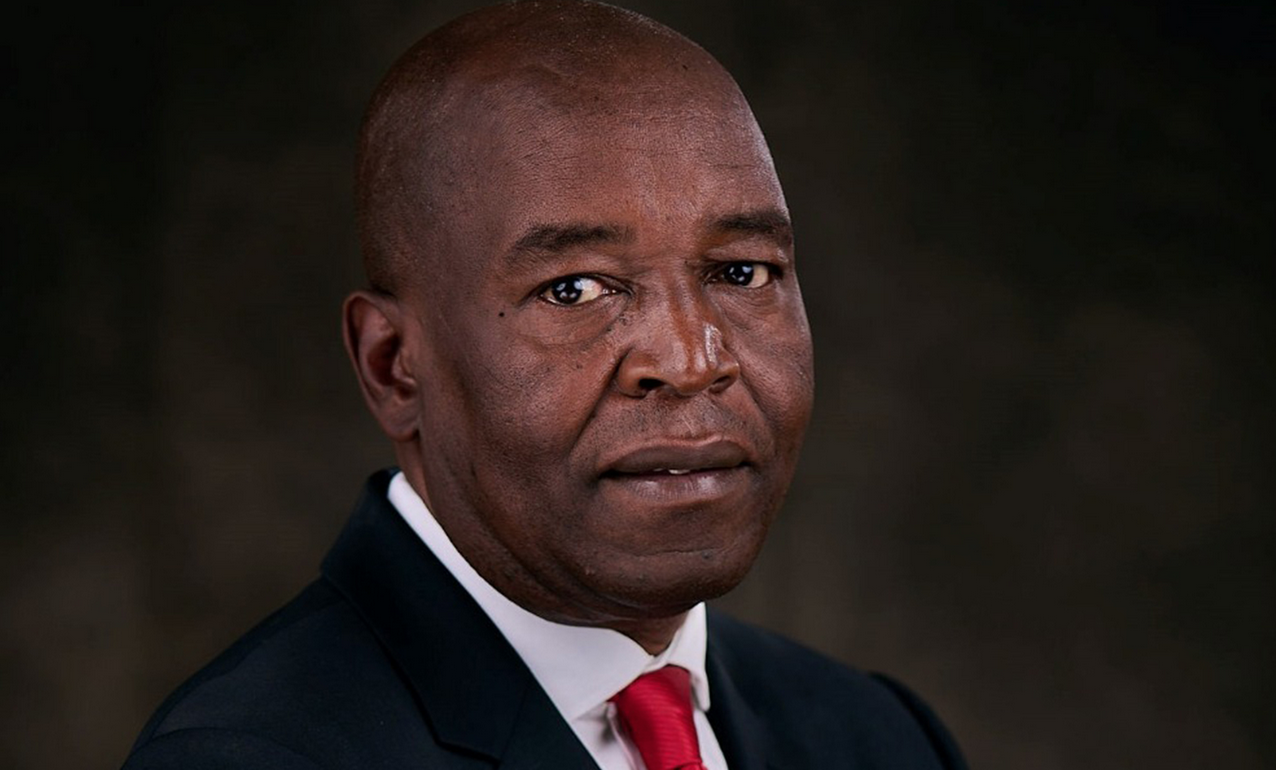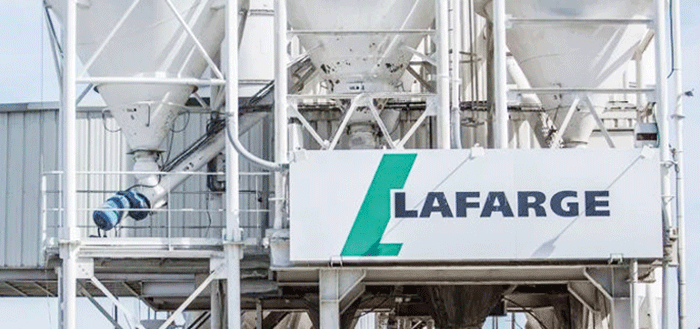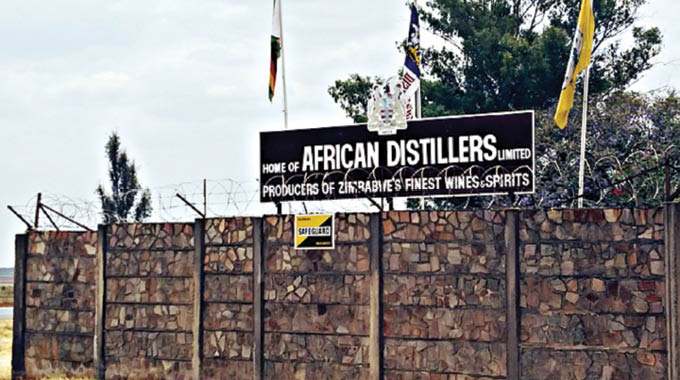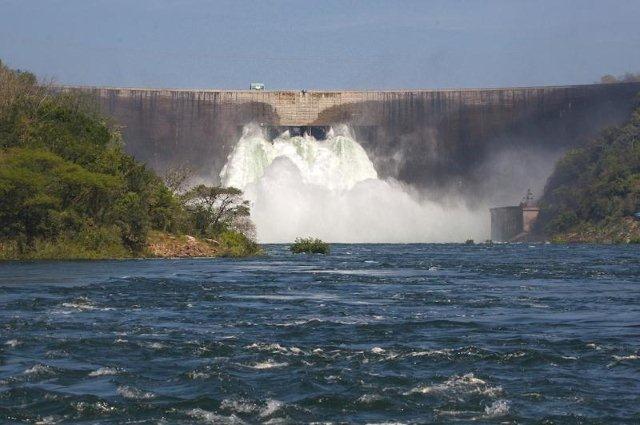ENGINEERS have started on a R3.3bn rescue marathon to prevent the "catastrophic failure" of the Kariba Dam. According to a World Bank special report on the beleaguered structure - one of the biggest man-made dams in the world - a potential wall collapse threatens the lives of about 3-million people living on the Zambezi River floodplain between the hydro scheme on the Zambia-Zimbabwe border and the Mozambique coast.
The document, titled The Kariba Dam Rehabilitation Project, estimates that in the event of a "catastrophic Kariba Dam failure", economic damage to the region will exceed R88bn and will include the washing away of the Cahora Bassa Dam and the loss of 40% of southern Africa's electricity capacity.
Although the danger was spotted a decade ago, the parlous condition of the wall only filtered out recently. The World Bank, the watchdog Zambezi River Authority and engineers are united in their opinion that, without urgent repairs, the dam will fail.
Kariba's dam wall is under attack on two fronts. Spillway torrents have excavated a massive cavern in the Zambezi river bed that threatens the stability of the wall foundations, and a slow chemical reaction is causing concrete swelling, affecting the operation of the spillway gates and their effectiveness in handling high water levels.
In recent announcements, officials in Zimbabwe and Zambia have been at pains to reassure the public that, while the situation is serious, it presents no immediate danger. A rehabilitation programme has been drawn up by local and international engineers; funding has been raised and is in the bank.
The short timeline for the repairs is the real peril, and the scope of the work to be done is daunting and will test the skills of some of the best engineering experts assembled for the task.
Before the World Bank's report was released in December, finding out why a blanket of silence had been thrown over the dam's problems was hugely frustrating. Kariba's designers, the French firm Coyne et Bellier (now known as Tractebel Engineering) did not respond to inquiries.
Tractebel's website notes that after the reservoir's filling in 1960, Coyne et Bellier was assigned to regular checkup missions, monitoring and technical assistance. "We performed five annual inspections and, if needed, specific calculations," it says.
Between 1963 and 2010, project management was performed by Bernard Goguel, an internationally renowned expert on dam surveillance. "In 2010, a new contract was signed. Tractebel Engineering now advises the Zambezi River Authority on matters pertaining to safety, maintenance and satisfactory operation of the dam. It includes engineering studies and works supervision of the spillway rehabilitation, construction of an emergency gate, and sustainability of the plunge pool."
It is now known that the problem was noticed at least 10 years ago when the pit was smaller than it is now and the floodgates were showing signs of stress.
Details of the dam wall's weakness filtered out into the tightly knit lakeside community last year, setting off alarm bells. In response, statements were issued by officials, local bodies and politicians - for the most part wildly contradictory, creating much of the alarm and confusion.
The Zambian Engineers Association and the Zambezi River Authority insisted there was no immediate danger, while politicians painted a more dire picture.
The authority's communications manager, Elizabeth Karonga, says politicians were trying to convey to outside funding agencies the urgent need for major rehabilitation of the dam. She insists, however, that while the situation is "cause for grave concern, the engineers on the ground have the situation under control. All urgency is expected in order to avert any such catastrophe as dam failure."
Local opinion holds, however, that some public announcements were aimed at "rattling the cages of international funders", as a Kariba businessman puts it.
"And it worked. It got their attention and after that money for repairs came quite quickly, all $300m."
Major funding agencies were quick off the mark with the European Development Bank providing $100m, the World Bank $75m, the Swedish government $47m and the African Development Bank $75m for a $295m emergency package after a team was sent to inspect the dam.
Financing the dam wall's rehabilitation is a sticky proposition. While Zambia is entitled to financial assistance from the international donor community, Zimbabwe is not. But it is not possible to repair only one side of the dam and Zimbabwe will benefit from any repair work.
"The government of Zimbabwe is currently limited in its access to concessional financing until settlement of outstanding arrears to the multilateral development banks," the World Bank notes in its report.
The solution is convoluted but workable. It involves making a loan of the funding package to the government of Zambia, a nation in good financial standing. Zambia will in turn provide the Zambezi River Authority with a loan for the project implementation, which will be repaid through its water tariffs charged to the Zambia Electricity Supply Commission and the Zimbabwe Power Corporation.
The immediate focus is a relatively thin strip of concrete restraining the 250km-long lake holding 185-billion tonnes of water.
According to George Sitali, vice-president for policy, public relations and national development at the Engineering Institute of Zambia, there is no danger of the imminent collapse of the dam. However, he urges a speedy solution, noting his institute's finding that the plunge pool's scouring could lead to undermining the dam's foundation and to instability of the wall.
"Among the significant external activities likely to cause concern on the integrity of the dam are the drill and blast operations at the Kariba south bank," says Mr Sitali. "Such activity causes vibrations and shock waves which must be capped at certain thresholds. It is therefore recommended that all drill and blast operations taking place at and near the dam are monitored, logged, analysed and controlled according to the recommendations of Kariba Dam."
Engineers from Zambia, Zimbabwe and other countries have drawn up a plan of action on how best the threats to the dam wall can be confronted. They identify the major problems as the cavern being excavated in the riverbed by floodgate water, causing a weakening of the dam wall foundations; and the jammed spillway gates stunted by concrete swelling. New sluice-gate stop beams will be installed.
The excavation in the plunge pool next to the wall is now 10 times bigger and deeper than its design dimensions and will have to be remodelled by blasting before it is lined to better cope with the turbulence of water discharged at 8,000 tonnes a second at times. Curiously, the yawning cavern below the dam wall will be enlarged as a means of dealing with the threat.
Alan Bates, a UK-based hydroelectric scheme specialist with wide experience in African conditions and a frequent visitor to Kariba, says although he has no knowledge of the dam's current predicament, the plan to rescue it makes sense in terms of general practice. "The plunge pool will be made larger deliberately as this will allow the turbulence resulting from the spillway discharge to be dissipated in a less damaging way," he says.
"Think of it as sitting in your bath and splashing - you get water all over the floor and walls. If you did the same in a large swimming pool you would dissipate the same energy but without all the damage."
It has always been known, Mr Bates says, that a plunge pool would develop downstream of the dam but the very narrow hole that has resulted over the years is concentrating the dissipation of energy, leading to erosion in undesirable directions (such as towards the dam).
"By excavating a much larger plunge pool in the downstream direction, the erosive power of the turbulence is reduced and unplanned erosion should be minimised or even eliminated," Mr Bates says. "It is normal design practice these days to excavate the plunge pool as part of the dam construction contract in order to prevent this sort of problem occurring.
"Both Kiambere and Masinga dams in Kenya, on which I have worked, had plunge pools downstream of the spillway excavated in advance and included a sloped downstream face to the plunge pool excavation."
Filling up the plunge pool with concrete is not at option, he maintains, "because this would only mean the spillway would wash out all the concrete the first time it operated. Concrete is weaker than granite and the hole would soon reappear".
Kariba's floodgates are designed to release the magnitude of floodwater that occurs once in 10,000 years. "So if one gate is out of action for repair and the spillway capacity reduced, it is most unlikely to result in any problem.
"Even with one gate out of action the spillway capacity would probably still be enough to pass the flood event that only occurs once in 1,000 years. So the risk is very small," Mr Bates says.
It is also possible to modify the spillway gate operation rules to hold the reservoir level down in advance of a flood, but this is most unlikely to be necessary. Floods on the Zambezi take some time to build up, so there will be advance warning from rainfall monitoring in the upper catchment, allowing for time to respond.
The World Bank largely concurs. "The objective is to stabilise the plunge pool and prevent further scouring, particularly along the weak fault/seam zone towards the dam foundations," its report notes. "A 3D model was used to assess how the plunge pool scouring progress and excavation would affect the stress field of the dam foundation."
THE reshaping of the plunge pool calls for the construction of a cofferdam. This will enable the blasting and excavation of 300,000m³ of rock from the downstream face and north and south bank sides of the pool in the dry season. The result will be a stepped profile that will improve energy dissipation and guide the spilling water downstream, away from the foundations.
The World Bank assessment cautions, however, that the scouring is only controllable if no more than three, nonadjacent gates are opened. This will limit the spillway discharge capacity during large floods and means lowering the maximum safe reservoir level, which in turn would reduce the dam's power generation capacity.
A set of new stop beams with an emergency opening and closing roller gate will be installed.
A specialist in wet engineering says the project will take several years to complete "partly because only one gate can be worked on at a time, but also because the plunge pool excavation work cannot be done if the lake level is high and the dam is spilling". The work on the plunge pool excavation can start only in April or May, after the rainy season, beginning with the construction of the cofferdam.
"When the cofferdam is in place, it will be necessary to pump out some of the water between the dam and the cofferdam and then gradually work downwards, with the plunge pool excavation reducing the water level as work proceeds," a British wet engineer explains. "A floating pump station on a barge will pump water out of the pond area and discharge it downstream. The blasting operation will take place as the water level drops."
Peter Mason, wet engineering technical director for US-based MWH international dams and hydropower, believes Kariba's wall structure "is still essentially sound, particularly as Kariba is an arch dam". There is not much that can be done to treat the problem of concrete swelling. "We just have to understand what future expansion to expect."
Kariba's real race is against that great enemy - time. The consensus of engineers from around the world is that Kariba has a life span of three years if extensive repairs are not undertaken immediately. Southern Africa and the world must sit up, listen and take action in both reconstruction and finding, in all probability, a lot more funding than the R3bn already at hand.
Even with one gate out of action the spillway capacity would probably still be enough to pass the flood event that only occurs once in 1,000 years. So the risk is very small.
- Business Day
 Concern over Masvingo black market
Concern over Masvingo black market  Kenya declares three days of mourning for Mugabe
Kenya declares three days of mourning for Mugabe  UK's Boris Johnson quits over Brexit stretegy
UK's Boris Johnson quits over Brexit stretegy  SecZim licences VFEX
SecZim licences VFEX  Zimbabwe abandons debt relief initiative
Zimbabwe abandons debt relief initiative  European Investment Bank warms up to Zimbabwe
European Investment Bank warms up to Zimbabwe  Young Investment Professional (YIP) Graduate Programme 2019
Young Investment Professional (YIP) Graduate Programme 2019 











 Young Investment Professional (YIP) Graduate Programme 2019
Young Investment Professional (YIP) Graduate Programme 2019
Editor's Pick